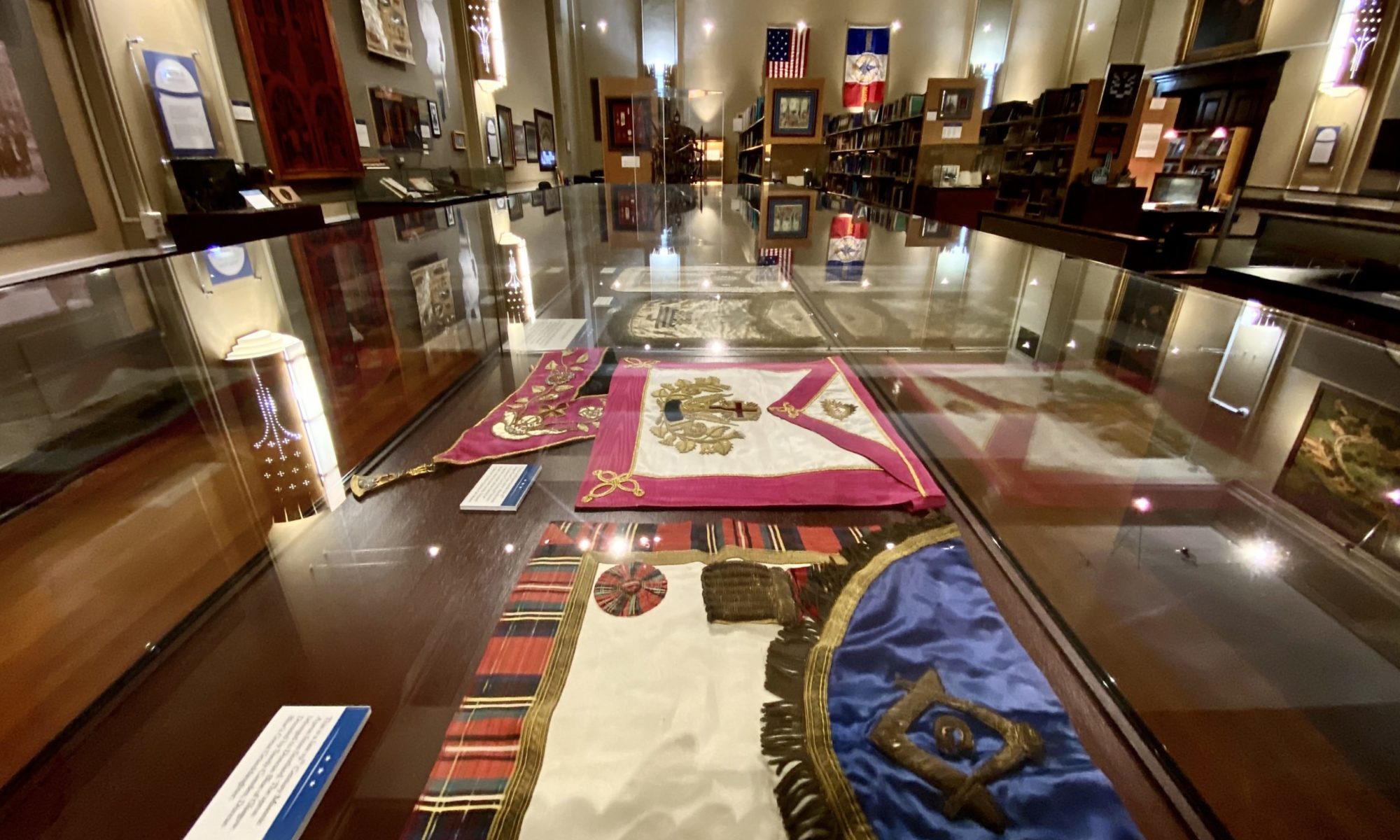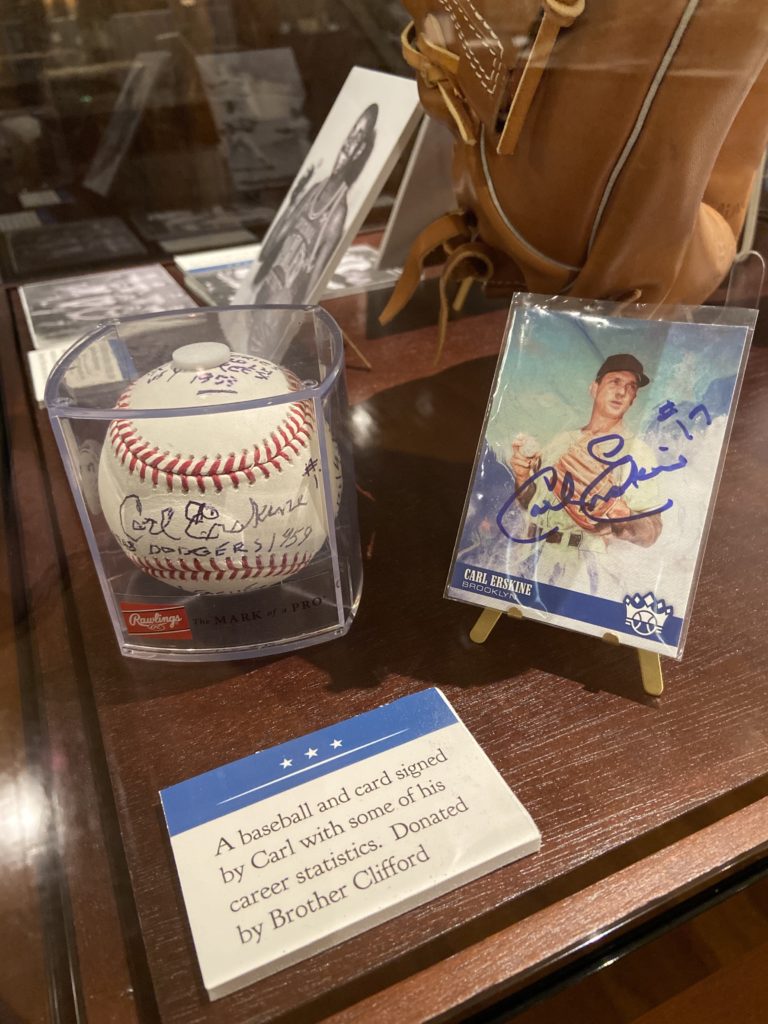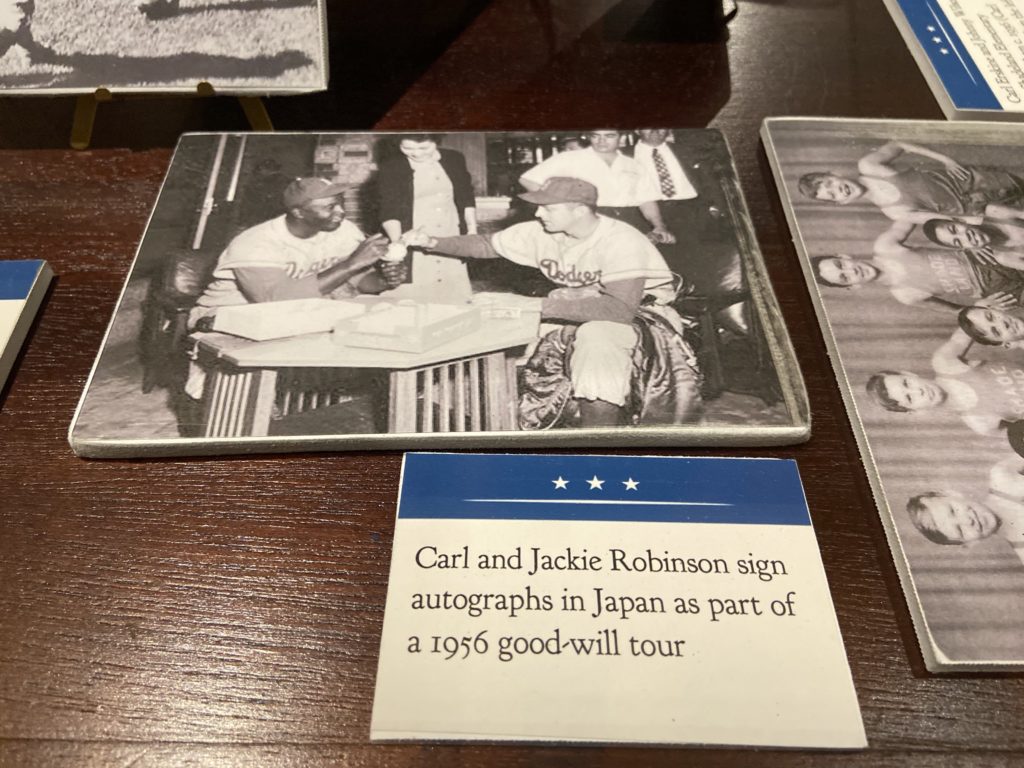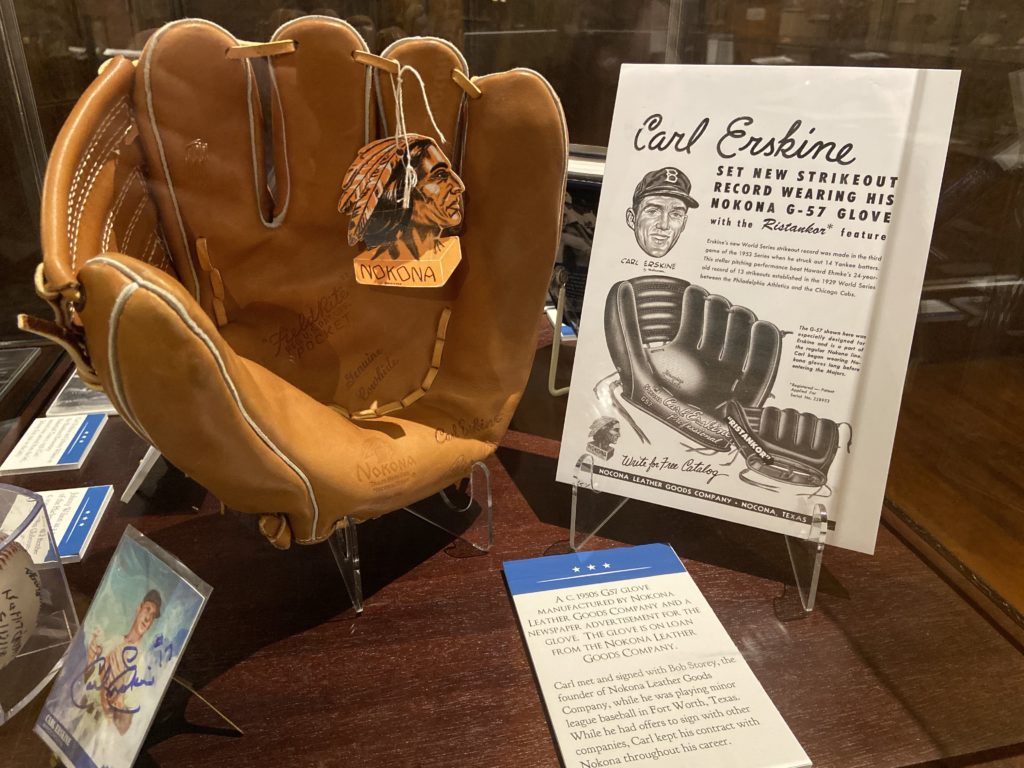 The Masonic Library & Museum of Indiana is proud to feature a new exhibit about an Indiana Mason who is truly a living legend in the world of baseball. Brother Carl Erskine was a pitcher for the Brooklyn/Los Angeles Dodgers between 1948 and 1959. In the 1950s, there were only seven no-hitter games in the National League, and Brother Carl pitched two of them. In the 1953 season he won twenty games and made history during the World Series by striking out fourteen Yankee hitters in a single game, a record that would stand for ten years. Before retiring from baseball in 1959, Carl’s career included 122 wins, a World Series title, and two no-hitters.
The Masonic Library & Museum of Indiana is proud to feature a new exhibit about an Indiana Mason who is truly a living legend in the world of baseball. Brother Carl Erskine was a pitcher for the Brooklyn/Los Angeles Dodgers between 1948 and 1959. In the 1950s, there were only seven no-hitter games in the National League, and Brother Carl pitched two of them. In the 1953 season he won twenty games and made history during the World Series by striking out fourteen Yankee hitters in a single game, a record that would stand for ten years. Before retiring from baseball in 1959, Carl’s career included 122 wins, a World Series title, and two no-hitters.
Carl was born in Anderson, Indiana in 1926, where he still lives today. Growing up in Anderson, Carl wasn’t the only future professional sports figure in town.
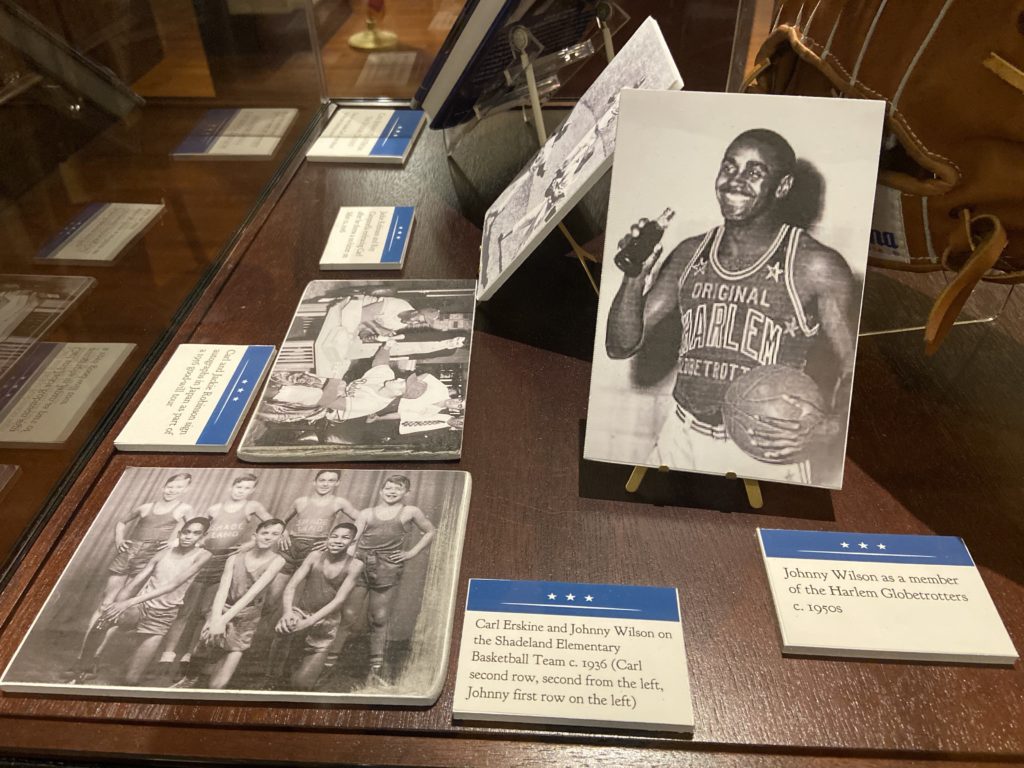 His was a racially mixed neighborhood, and his childhood friend Johnny Wilson would later be known as Jumpin’ Johnny Wilson of the Harlem Globetrotters.
His was a racially mixed neighborhood, and his childhood friend Johnny Wilson would later be known as Jumpin’ Johnny Wilson of the Harlem Globetrotters.
While playing for the Dodgers, Carl was a teammate with Jackie Robinson, the first baseball player to break the color barrier in 1947. When Robinson asked Carl why he had no problem with the “white and black thing,” Carl simply answered, “Johnny Wilson.” The two men remained close friends in Anderson until Wilson’s death last year.
Following his baseball career, Carl became an admired leader in his hometown community. He coached baseball at Anderson College for 12 years, served as President of Star Bank, and was active in numerous community organizations. Brother Carl joined Fellowship Lodge 681 in Anderson at the height of his most successful year of 1953. To this day he believes that Masonic principles help men become builders by building values in their life, “because without discipline, you hardly have control of your life.”
In researching our exhibit, Director Mike Brumback, PGM, and our IUPUI Museum Studies intern Eldon Yeakel visited him at his home. Eldon was especially enthusiastic about creating this exhibit, as he previously interned at the Baseball Hall of Fame in Cooperstown, New York.
